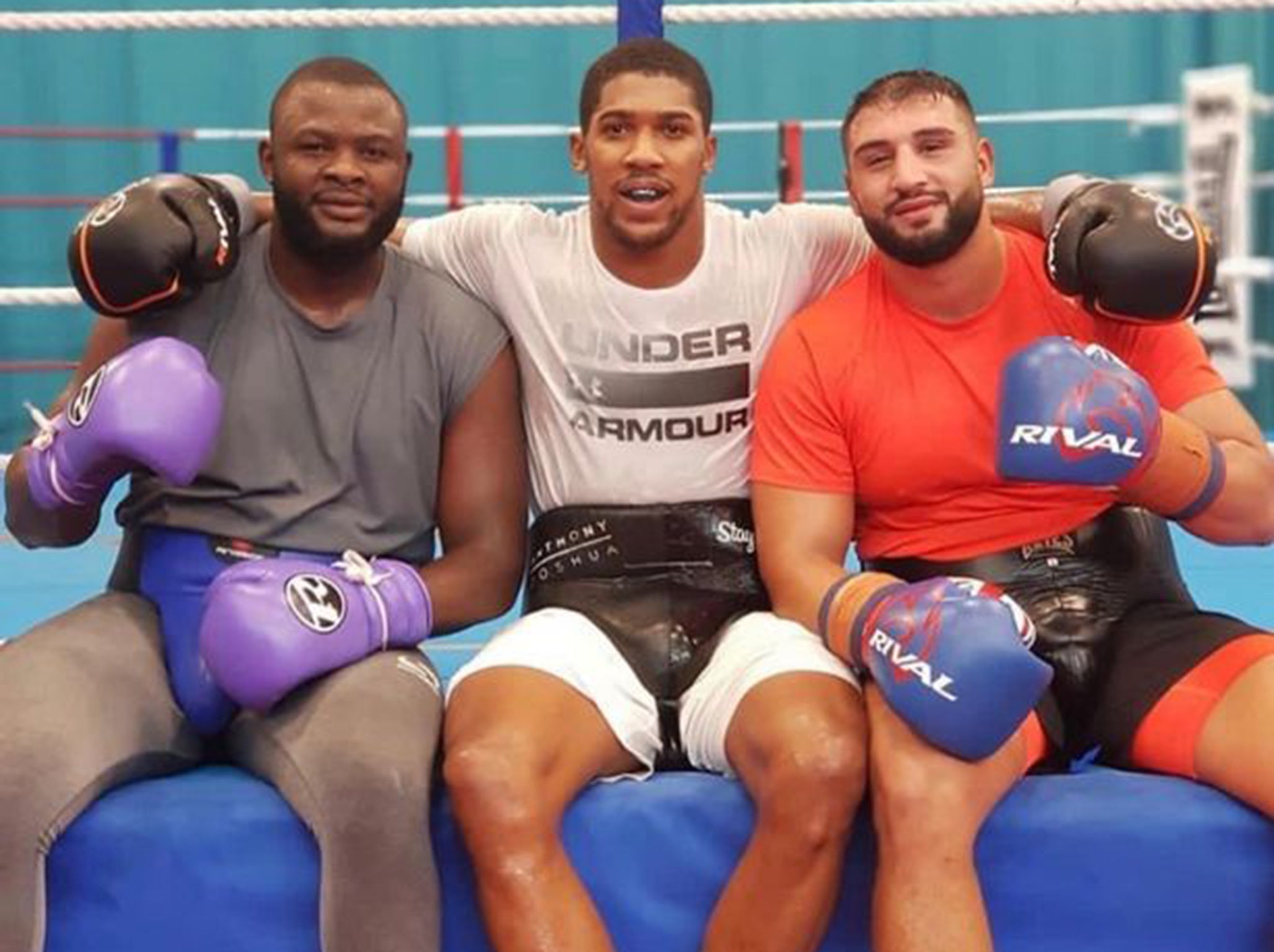I was chatting with one of my S&C colleagues, Uti Ousselam the other day. One of the things we were discussing was how people often think that buying a certain new piece of equipment or software would make a dramatic improvement to the quality or results of their training program. Often the failure to get the finances to purchase this things is presented as a barrier to the progress or success of the program. This doesn’t make much sense to me, because I’ve seen plenty of high performing athletes who train in facilities with the bare bones of training equipment!
The irony to this is that in my opinion, people tend to overestimate the impact an expensive change will have and underestimate the impact some simple and free/economical changes will have. In this article, we’ll provide you with some powerful training tools which you should definitely try before you buy anything else! The tools could dramatically improve your training, without it costing the earth!
1.Progressive Overload – £0.00
Firstly – is your team/squad actually following a progressive and sequential training program, or are they just following some random fitness or gym circuit? Is there a plan that is progressing toward some selected adaptation (strength, size, speed, power, endurance etc.). Where is the progressive overload coming from that is forcing the change in the bodily systems? How will you measure any progress? Are you changing:
- Intensity (increased external weight, speed of movement)
- Volume (Increased reps, sets, exercises, exaggerated tempo, metres/kilometres)
- Density (Increased number of sessions per week)
- Recovery (Decreased recovery time between sets or sessions)
This is a really simple and cornerstone principle of physical training, but one people often overlook. Just thinking up a random fitness session or circuit will not be as effective as a planned and progressive program in producing changes in the body.
2.Training Groups – £0.00
How do your athletes decide who they train with? Do they just pick their own training partner/partners? Have their training partners been specifically chosen to bring out the best in them? A really simple way to increase the intensity of training for all your athletes is to consciously organise them into specific training groups. For example, grouping the athlete that stays in their comfort zone with two others who will challenge and push them. Or alternatively, grouping someone who gets work done very slowly with a couple who are very efficient in completing sessions. Or others, who may skip a set here or there, with the conscientious and diligent workers.
You may wish to consider the following when group individuals together:
- Ability (Novice, Intermediate or Elite training levels)
- Motivation (Self-motivated or needing a lot of external motivation)
- Personality types (Introverted/Extroverted)
- Work Ethic (Lazy or hard working)
- Weaknesses (eg. conditioning focus, strength focus, mobility focus)
A really simple example to illustrate how effective this can be is the sport of boxing. Boxers choose training partners who will best prepare them and push them to perform. How are your athletes choosing their sparring partners?

3.Training Diary – £.0.85
In order to know if an athlete is progressing, you need to have some sort of record of what they’ve been doing! It astounds me the number of times I ask an athlete what their personal best is in a jump/sprint/lift/conditioning exercise and they have no idea! It’s pretty difficult to make training meaningful if you can’t measure your progress against previous scores or celebrate personal bests!
In order to use progressive overload previously mentioned, you have to know what you’ve already done! This is a really cheap and easy way to stimulate greater intensity and progress in your athlete’s training – get them to write down what they did each session and record any personal bests they reach! This will help paint a picture of their overall training and progress between sessions/weeks/months/seasons. If you want to add another dimension – get them to write down their bodyweight, how many hours they slept and what their energy levels are like on a scale of 1-10.
For Example:
- Bodyweight, Energy 5/10
- Squat 3 sets of 5 reps at 50kg
- Ran 10 x 100m with 2min recovery
- Cycled 30 mins at 90rpm at Level 5
Here is a link to a simple notebook that costs £0.85 and apparently saves Rhinos. Seems like a good deal to me…
4. Music
Here’s another simple one – Music. Although the research doesn’t seem to lean either way on this one, a number of studies have demonstrated improvements in exercise performance when music is involved. However, it definitely doesn’t seem to decrease performance and if it improves the training atmosphere then it’s going to be beneficial. It seems self-selection could be a factor too. If you usually listen to music when training, try doing your normal session without it, having to listen to yourself wheeze and gag for air during a tough session can really be a motivation killer! Here’s a couple of links on the research:
https://www.ncbi.nlm.nih.gov/pubmed/22033366
https://www.ncbi.nlm.nih.gov/pubmed/26106802
https://www.ncbi.nlm.nih.gov/pubmed/27244132
So there you have it! Before you rush out to spend hundreds of pounds/dollars/yen/baht on the latest piece of equipment you believe will revolutionise your program, capitalise on these free methods to increase progression, intensity and improvement!
Are you a grassroots youth sport coach or PE teacher who wants to improve the athleticism of your athletes?? Check out our Fundamental series athletic development programs here.

